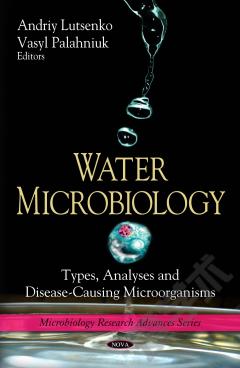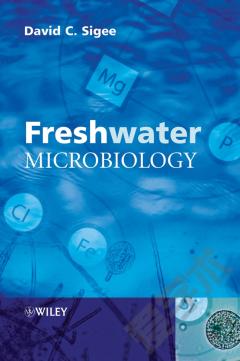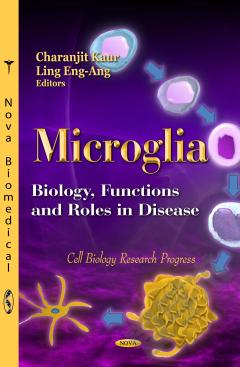Water Microbiology: Types, Analyses and Disease-Causing Microorganisms
Water microbiology is concerned with the microorganisms that live in the water, or those that can be transported from one habitat to another by water. The improvement of pathogen detection methodology is an important issue for the efficient prevention of waterborne outbreaks in the populations worldwide. This book describes the direct detection of pathogens by molecular biologic techniques., i.e techniques based on the analysis of the nucleic acid content (DNA and RNA) of pathogens. The biosensor technology is also reviewed, focusing on their potential application for pathogen detection in water environments. Furthermore, this book presents a review on the aerobic and anaerobic processes (nutrients removal) used in the microbiological treatment of domestic wastewater and some new improvements on the bioremediation techniques. Also discussed is the biodiversity of microorganisms involved in these processes and the molecular tools that are applied to these studies. Other chapters examine both the magnitude and variety of microbes and microbial products administered in dental water, a discussion of the probable impacts of global climate change on waterborne parasitic infections, and the effects of the growth of aquaculture production systems on the quality of water and food produced.
{{comment.content}}








 京公网安备 11010802027623号
京公网安备 11010802027623号